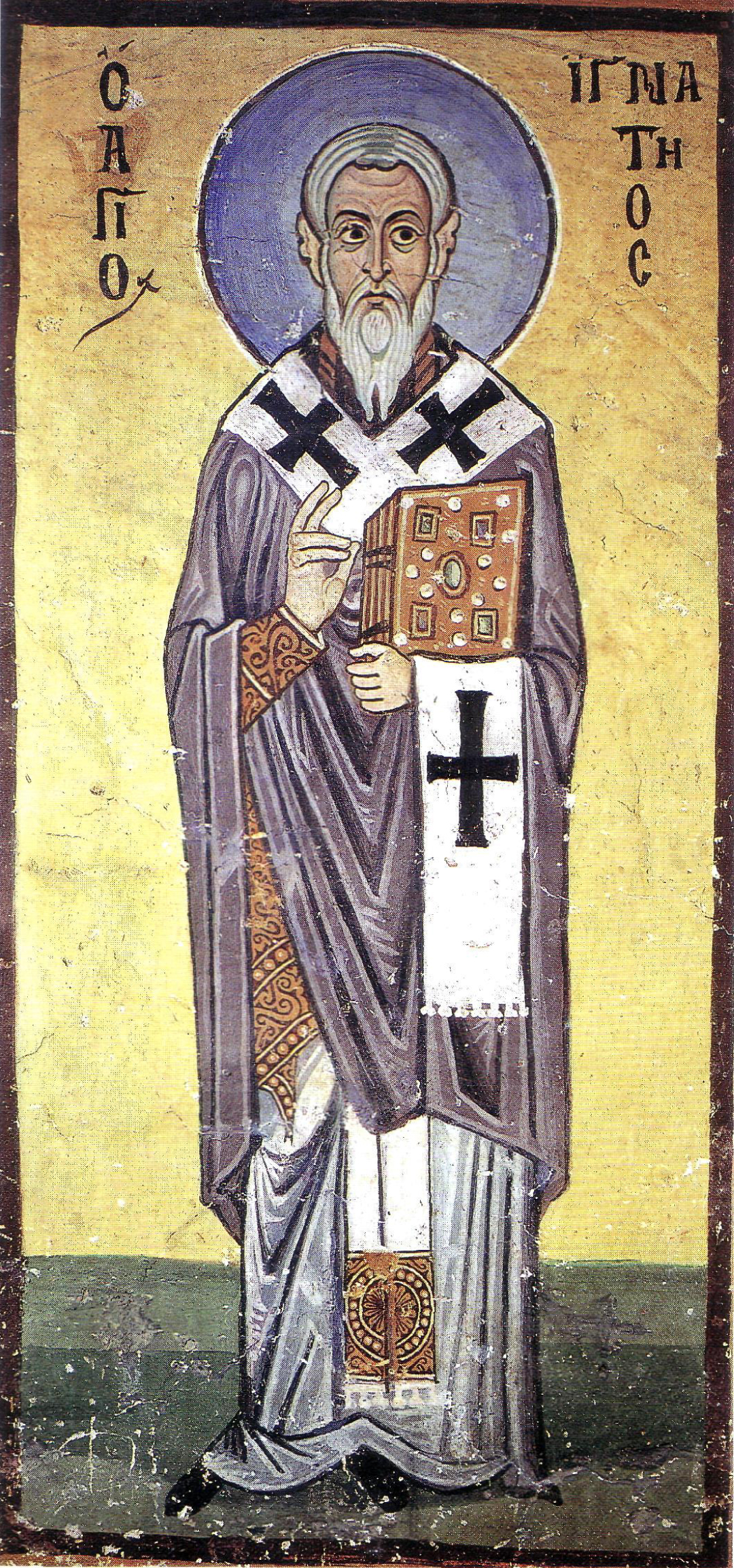In Luke 16:1-13, Jesus says to his disciples that “no man can serve two masters…you cannot serve both God and mammon” (Luke 16:13). Although this blog post is not specifically about the above passage, it is a good seque into Ignatius’ letter to the Magnesians.
That is, Ignatius’ comments about how Christians are to respect bishops, and that the bishop is a mirror of what it means to respect God, have had me thinking about “no man can serve two masters” as the pinnacle of challenges in the entire history of Christianity. Jesus uses this teaching to show that devotion to God must always be above worldly desires. Ignatius himself makes a similar proclamation in his letter to the Magnesians: “For just as there are two coinages, the one of God, the other of the world…” (V). And in the latter case, honoring the bishop also means honoring God as master.
Yet the point here is not so much about similarities between gospel passages and early church documents: Rather, when we weave together the Gospels with Paul’s letters, and then with the letters and related documents by the church fathers and ecclesiastical writers, we see a continually developing, steppingstone approach to how the church grew from a nomadic group of evangelists, to an increasingly established, more unified entity by the end of the second century (Irvin 62, 66).
But what’s also striking is the constant emphasis on avoiding false teachers or anything else that confuses the core tenets of Christian belief. As the deacon who gave the homily this past Sunday explained, “mammon” can mean many types of worldly desires — and even qualify as false teachings.
Ignatius appears to put much of the false teaching problem on the Jews (VIII and X) – though when we factor say, Paul’s letters to 1 Tim and Titus (and the other pseudonymous letters attributed to Paul), Paul’s view of false teachers ranges from possible Judaizers influencing the Gentiles, to the early roots of the Gnosticism, to pagan influences throughout cities with Christian communities (Senior 1684, Brown 639 – 643).
All that said, Ignatius’ letter not only commands Christians to honor bishops as Christ’s representatives here on Earth (Irvin 61); it reminds us of the ongoing plight that Christians face – still to this day — when bridging the core tenets of Christian belief with how the early church developed the theology and overall hierarchy. It’s the constant battle between serving God through the church given to us, or following other paths or worldly influences that may or may not resemble Christianity, yet still beg the question: Does it involve serving two masters? I call this the “dilemma that keeps on giving.”
Works Cited
Irvin, Dale T., and Scott W. Sunquist. History of the World Christian Movement: Earliest Christianity to 1453. Maryknoll: Orbis Books, 2001.
Ignatius. Letter to the Magnesians. Coakley, John W., and Andrea Sterk. Readings in World Christian History, Volume 1: Earliest Christianity to 1453. New York: Orbis Books, 2004.
Brown, Raymond. An Introduction to the New Testament. New Haven: Yale University Press, 1997.
